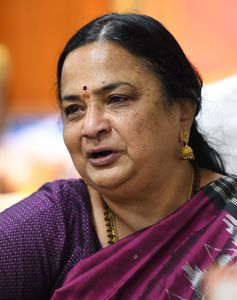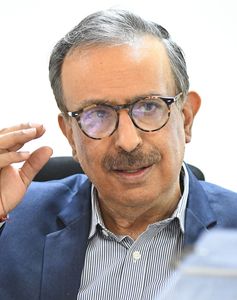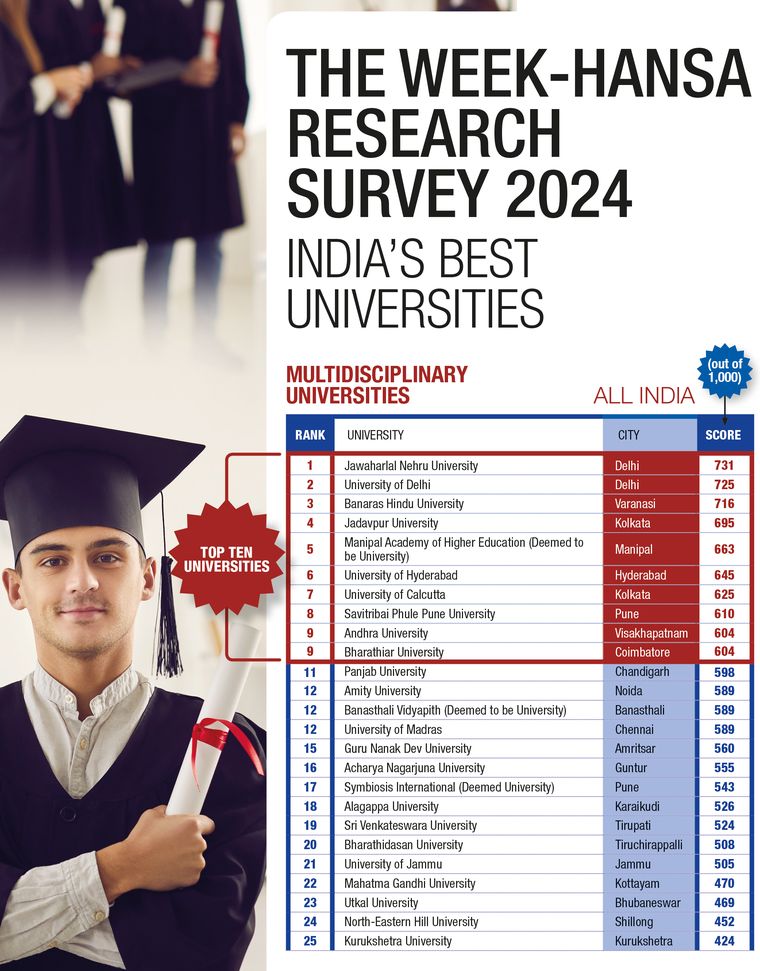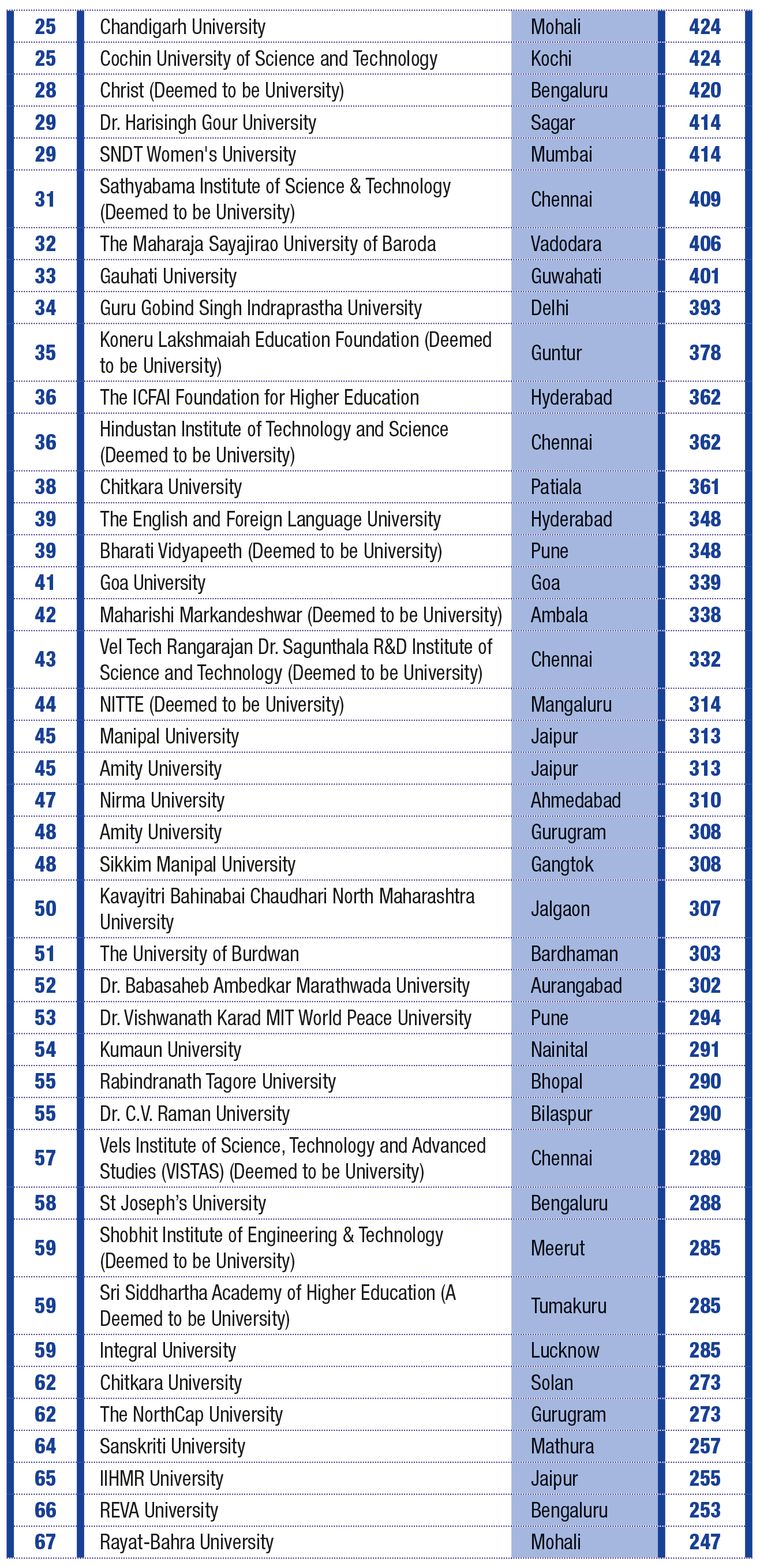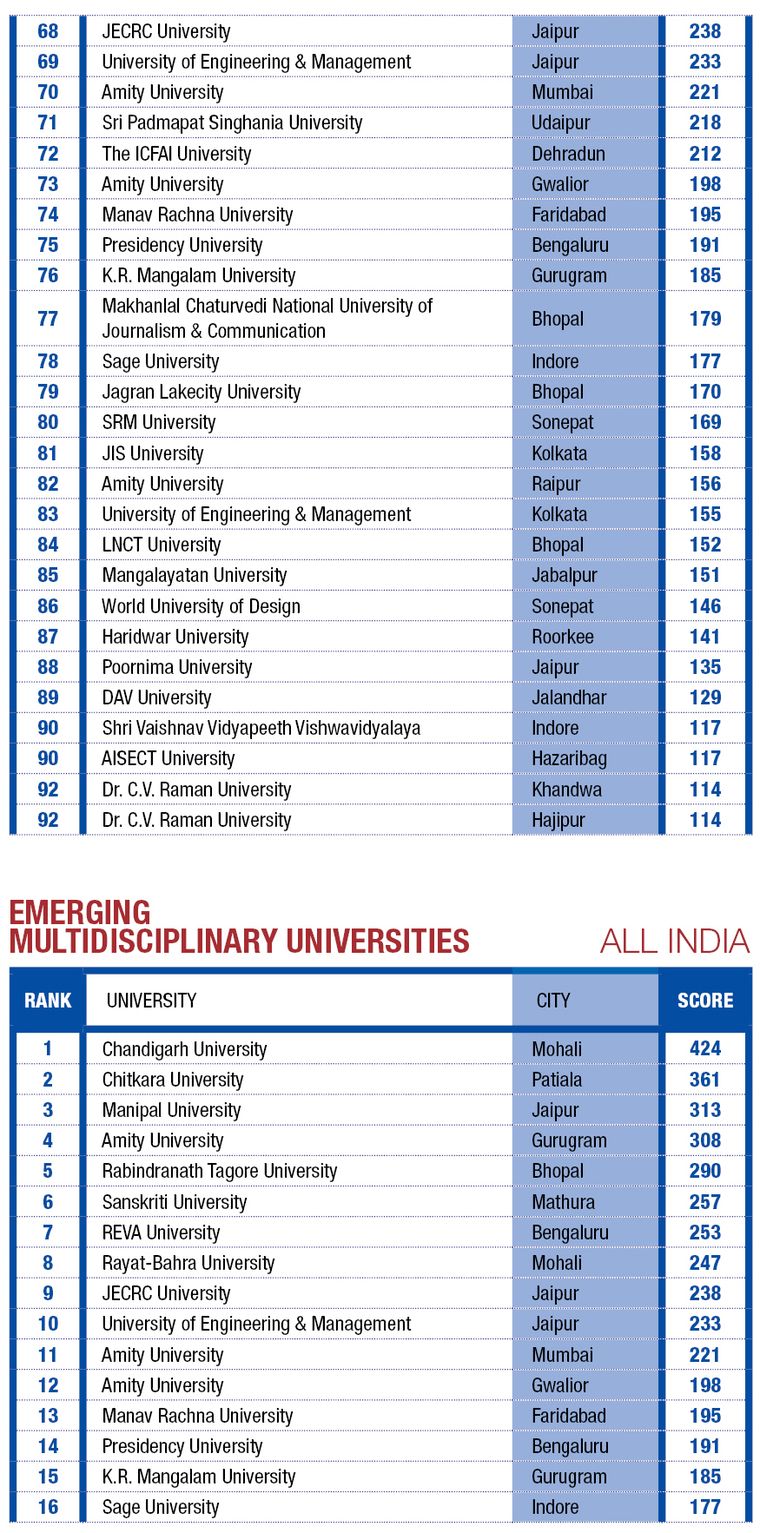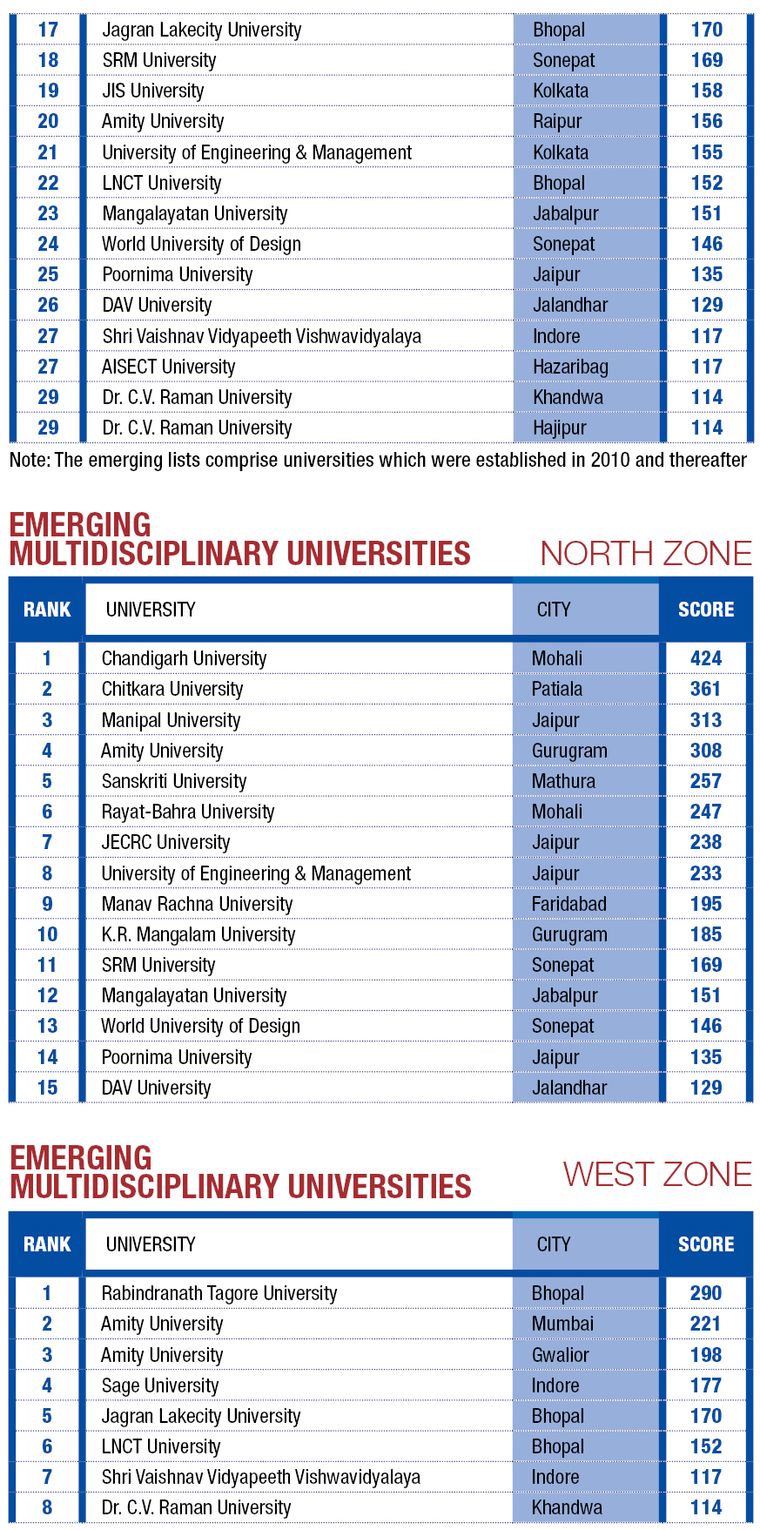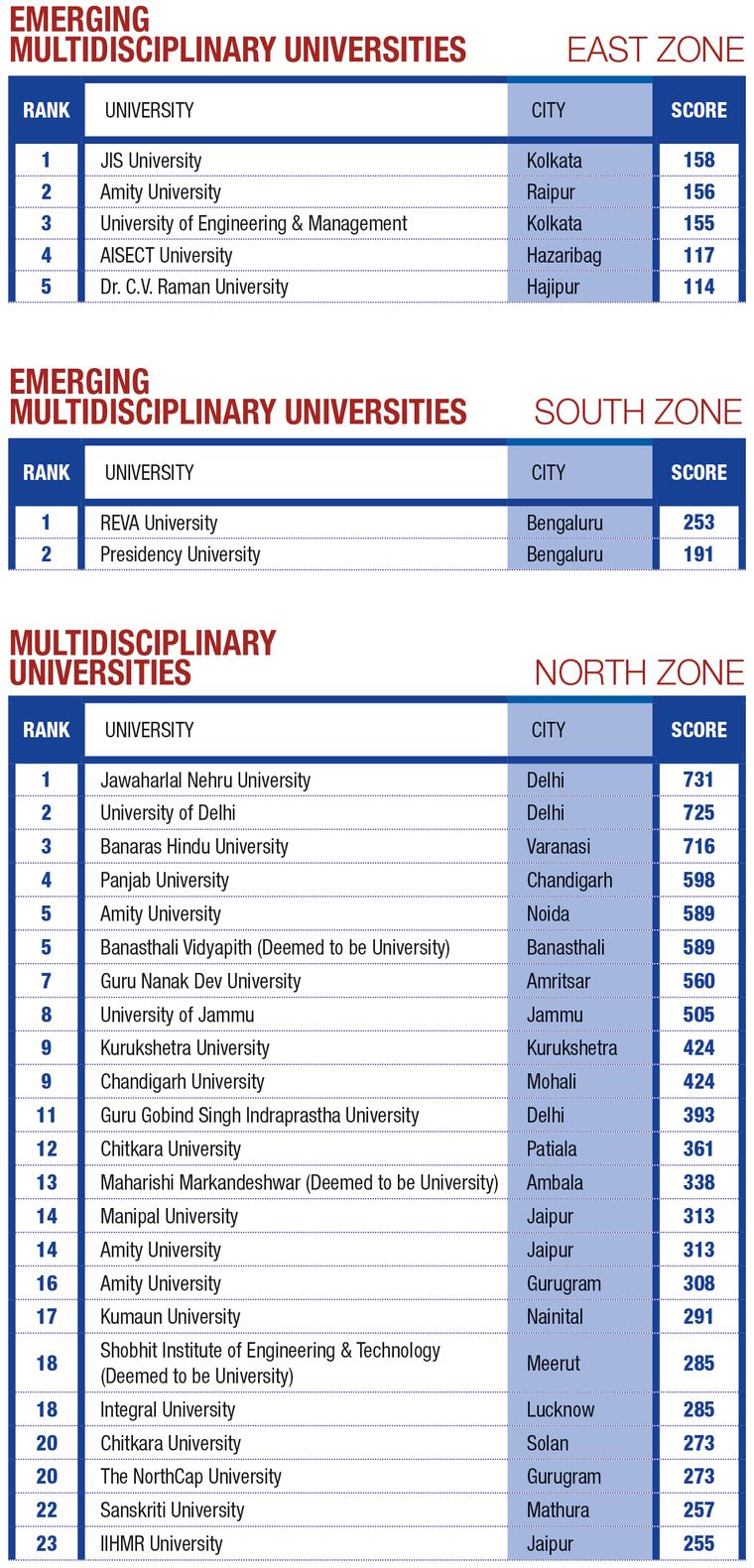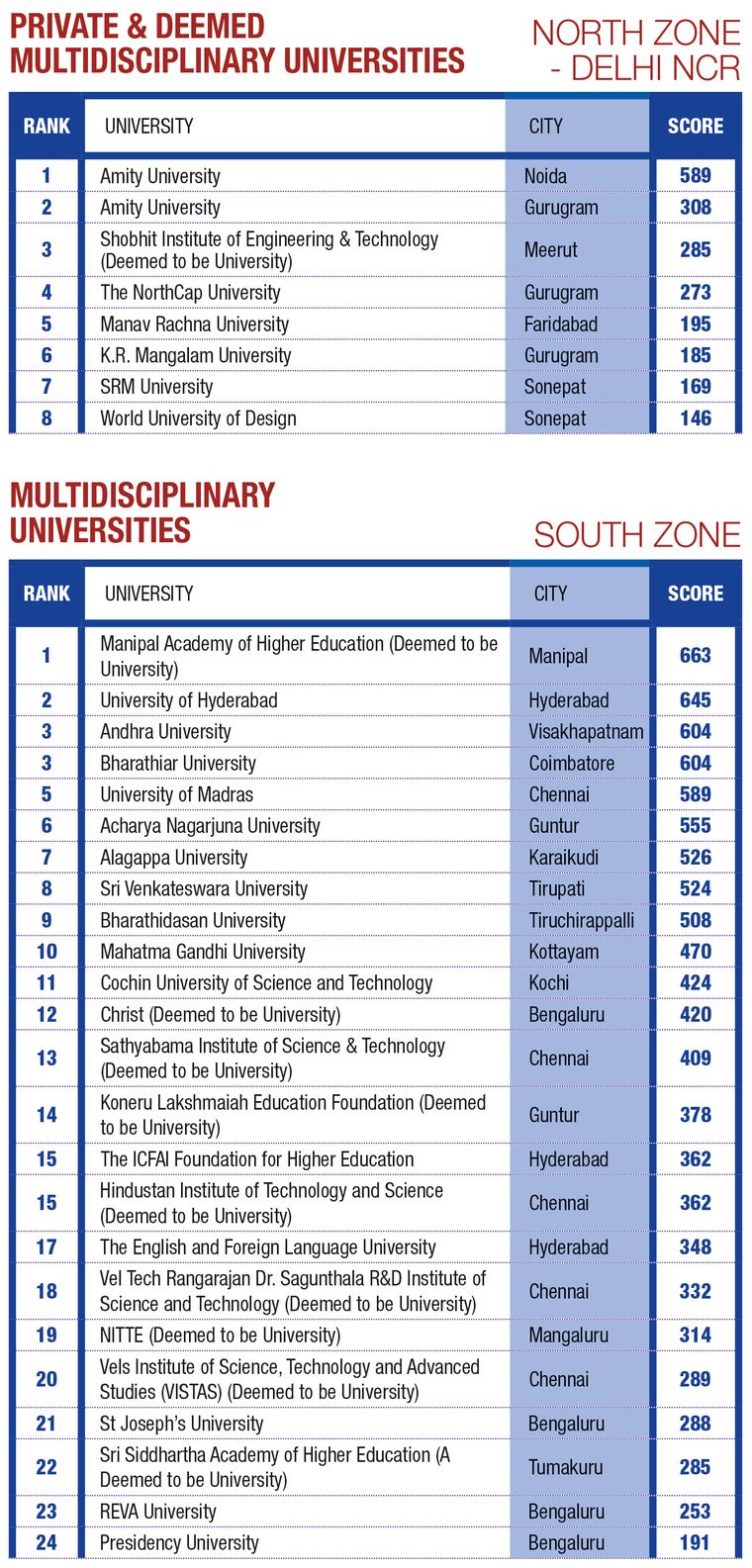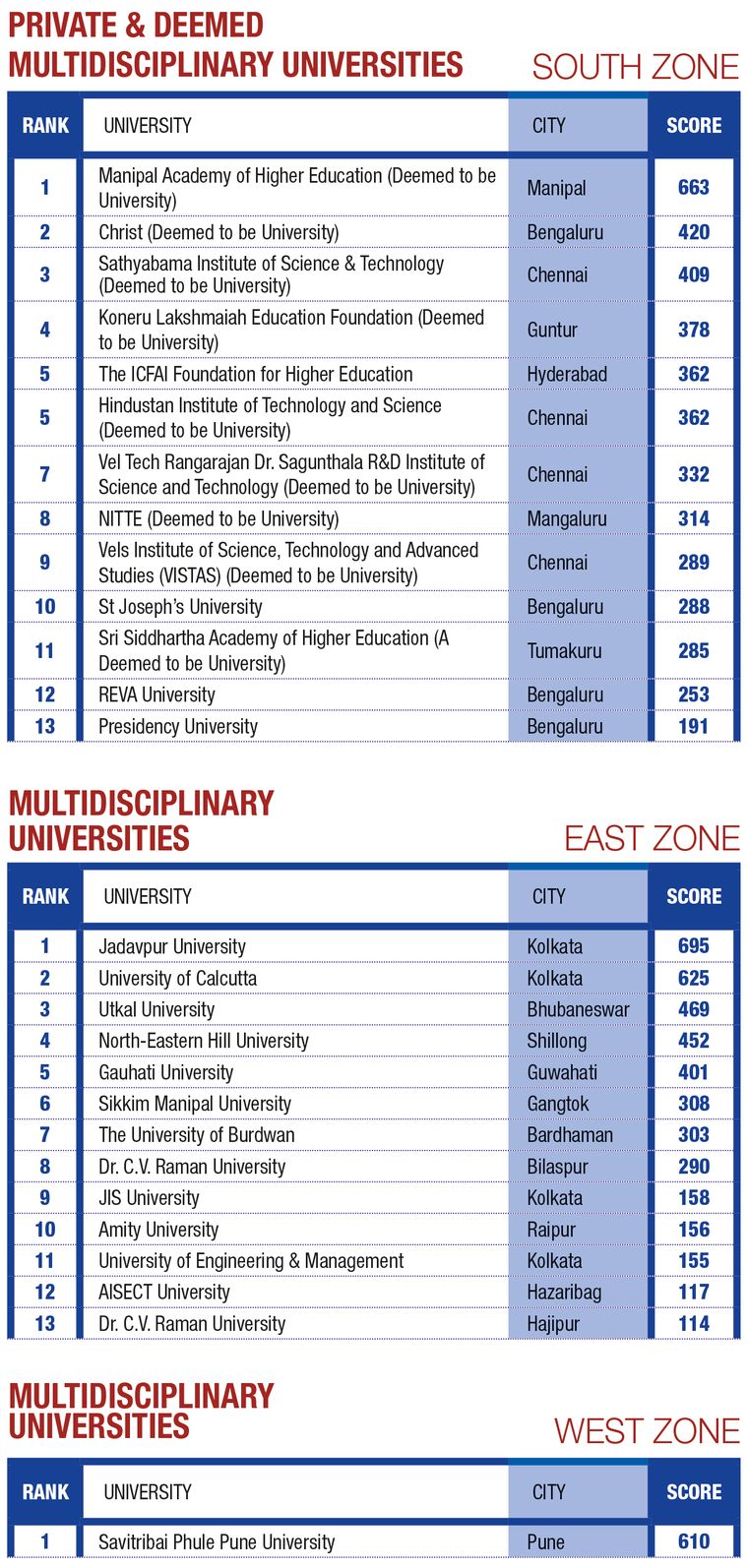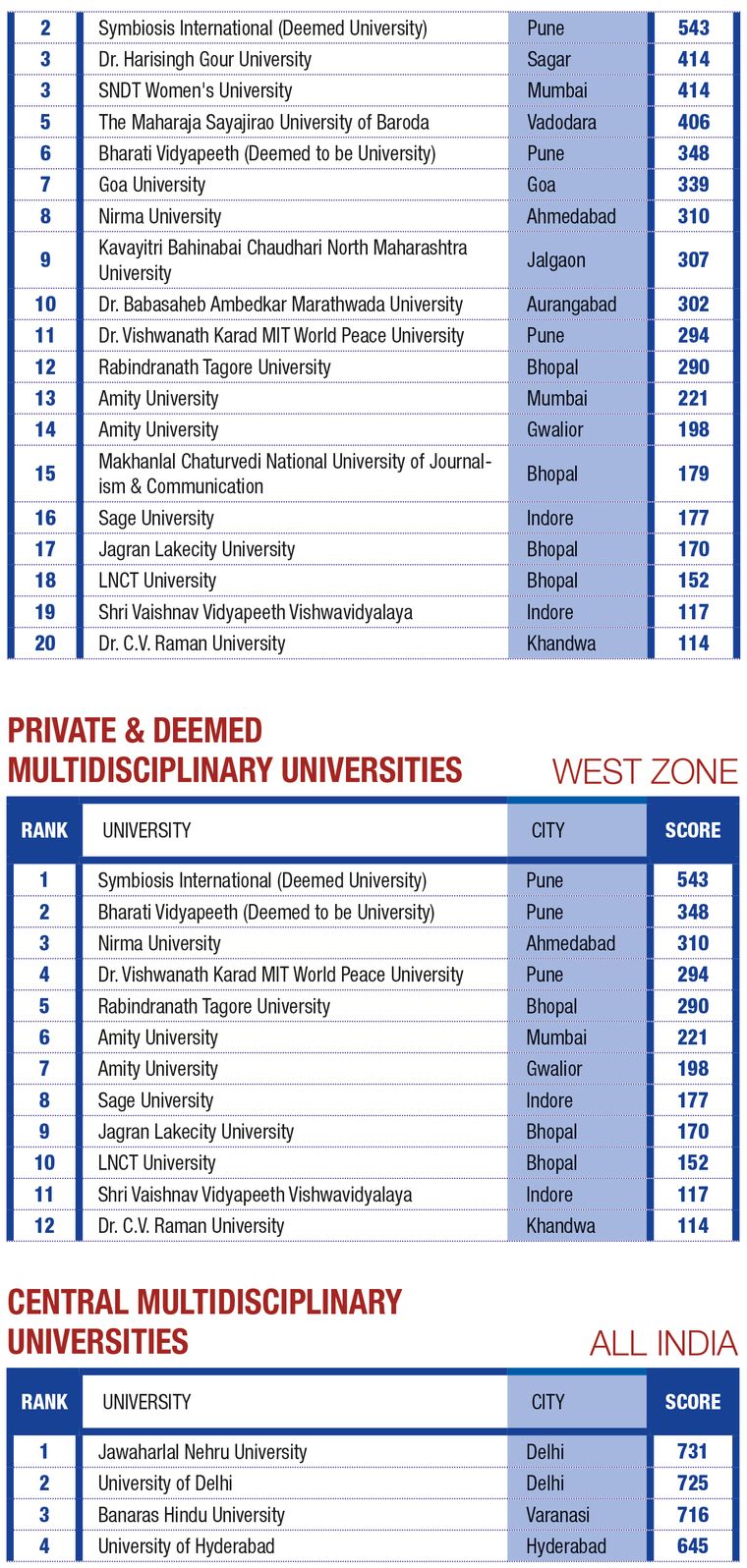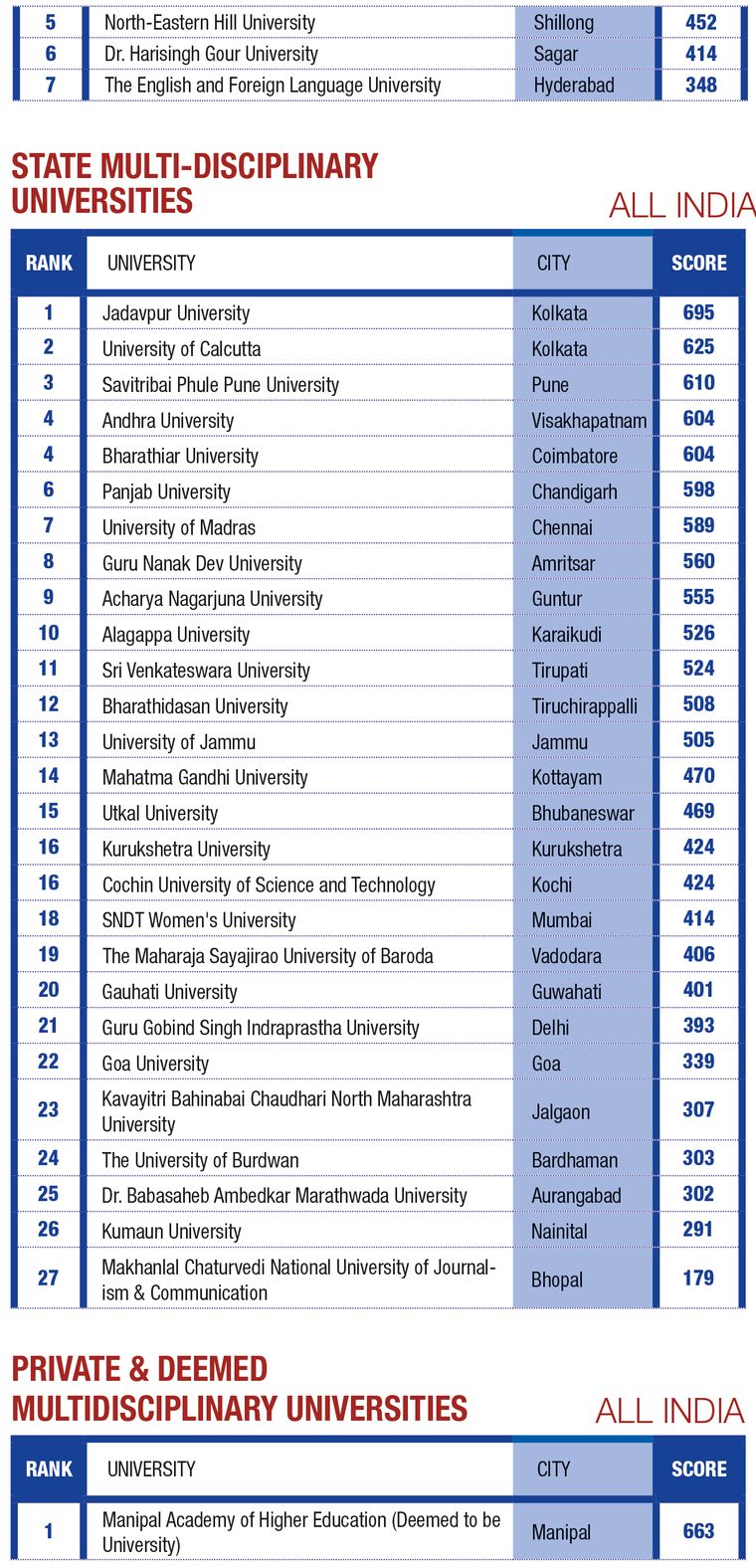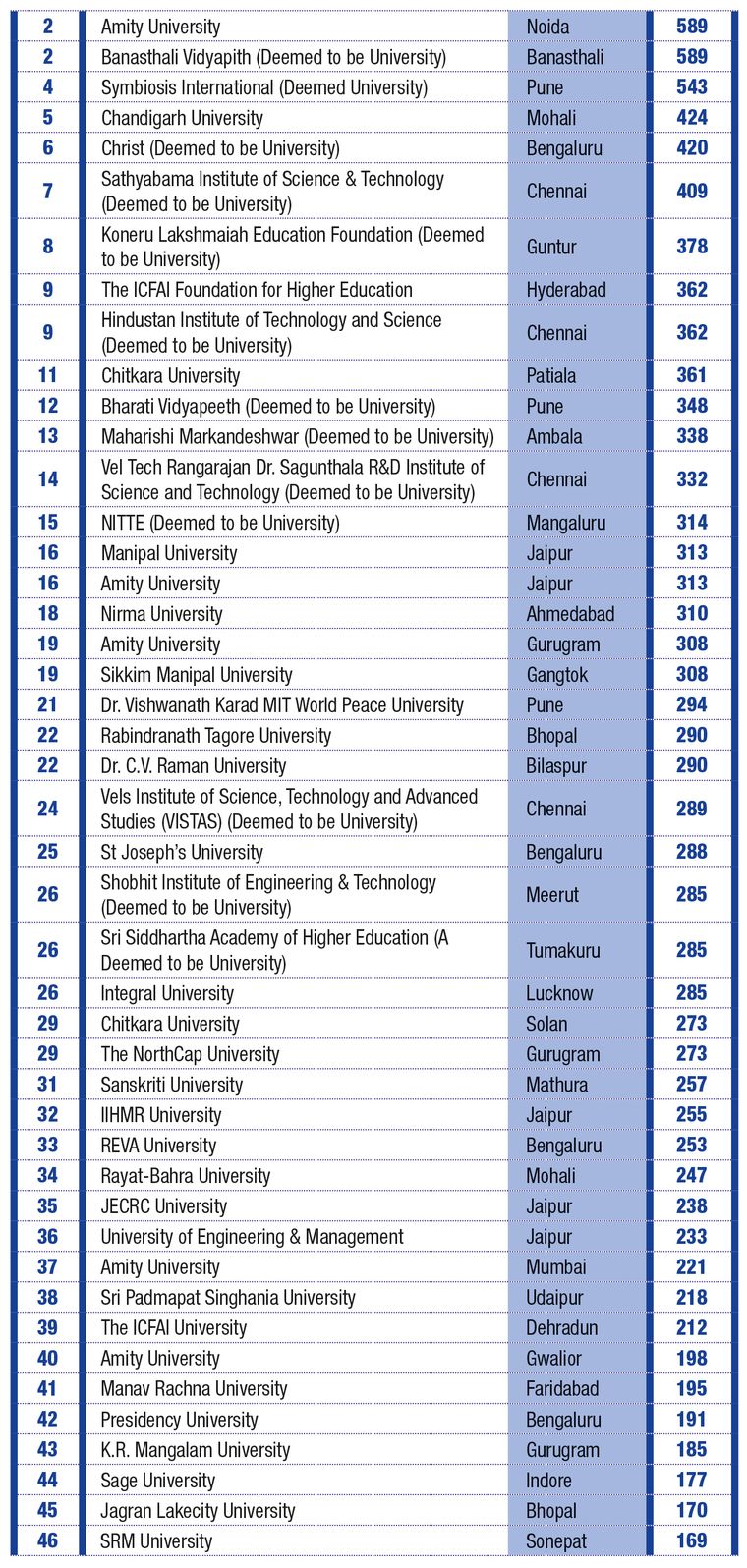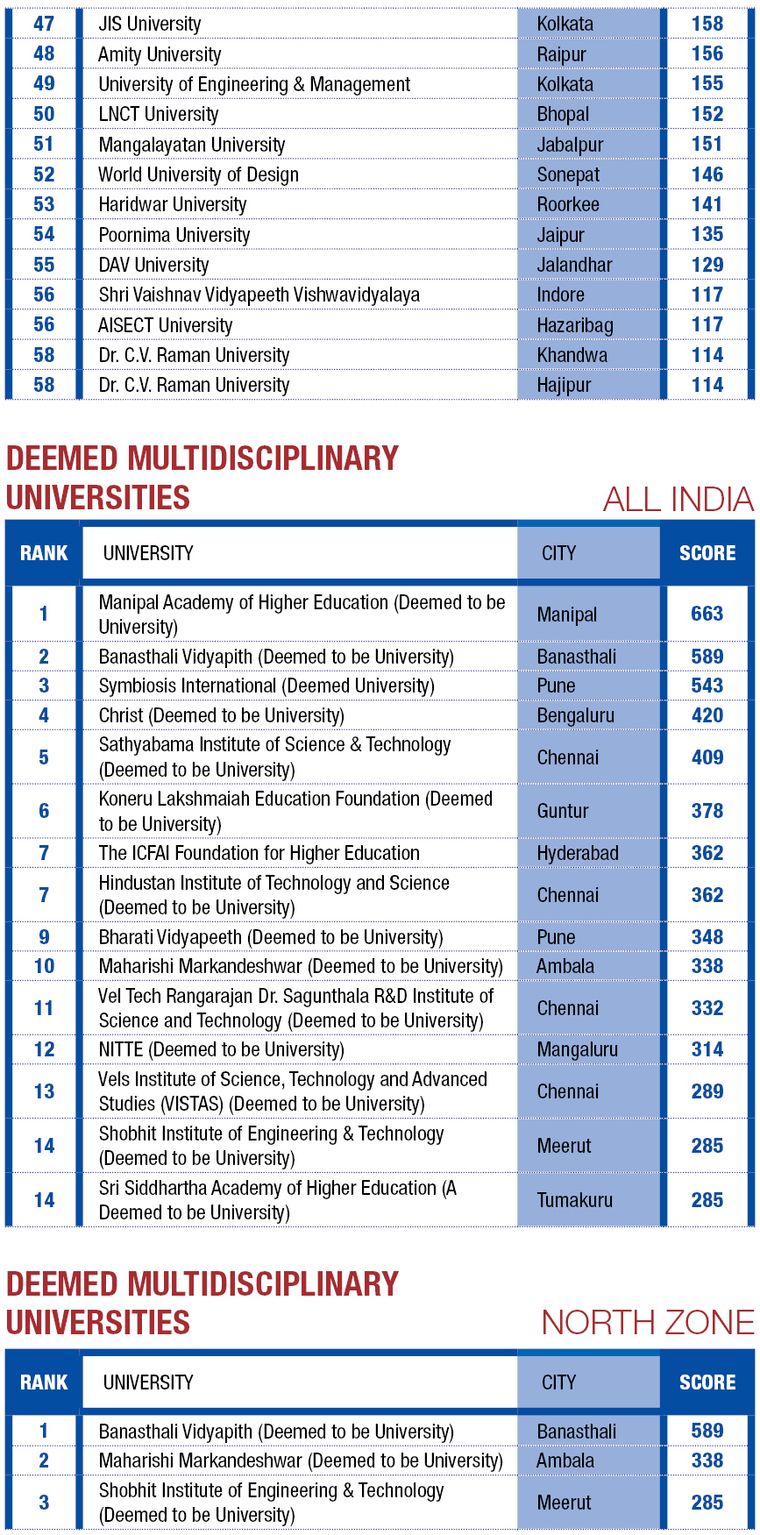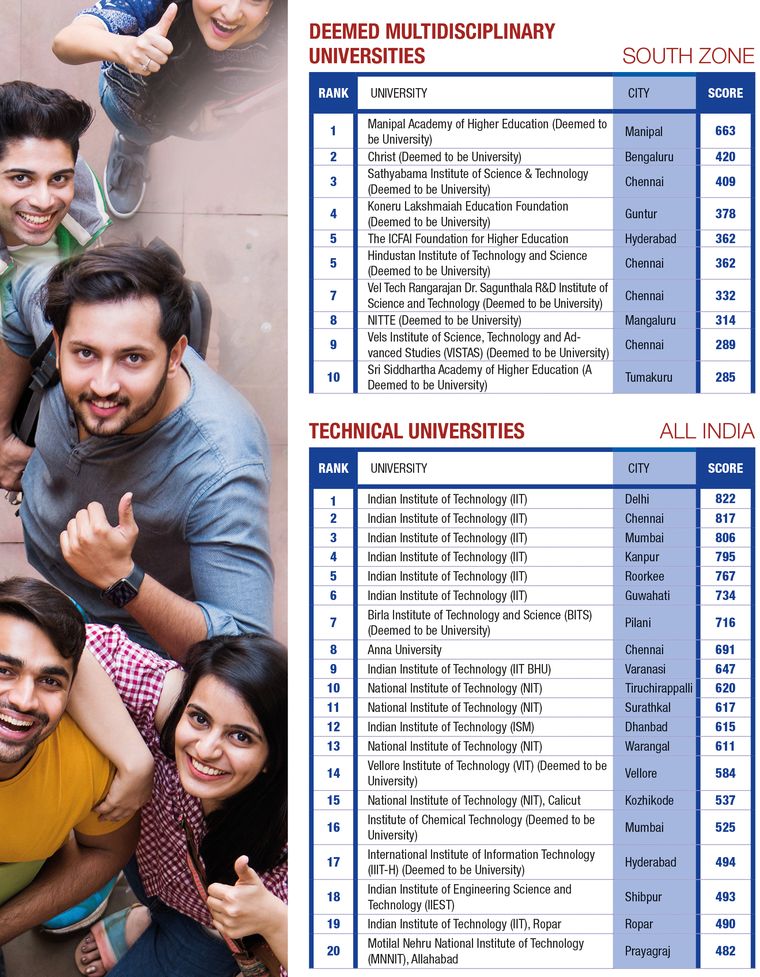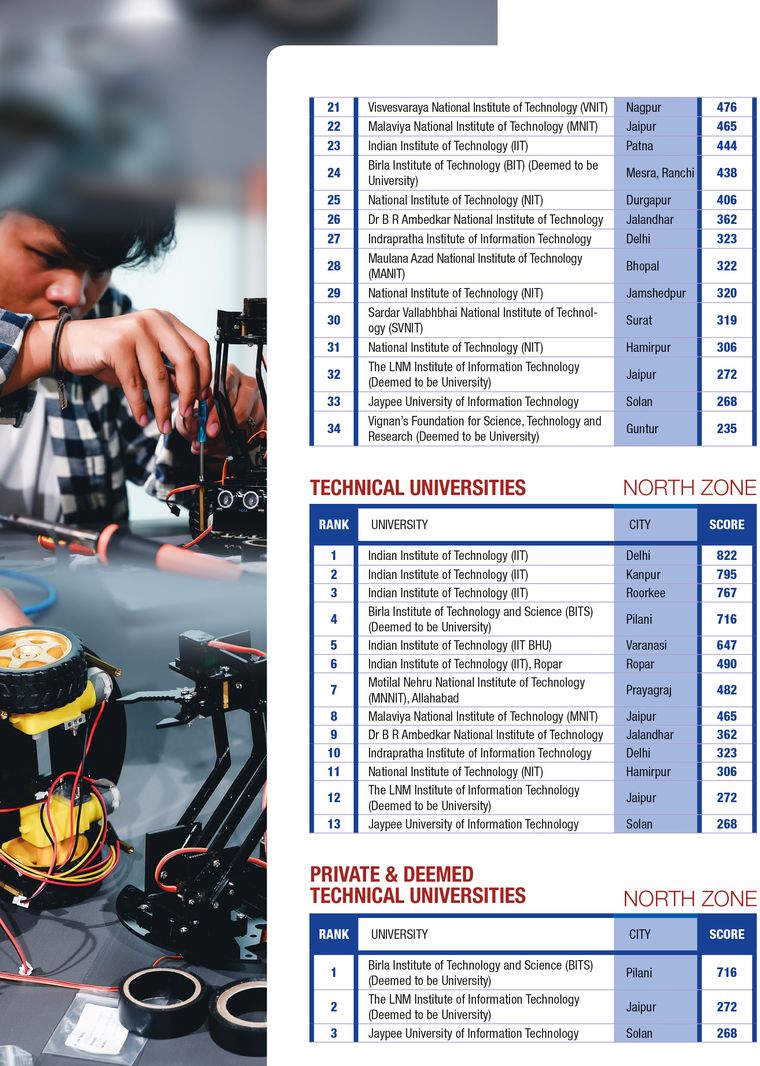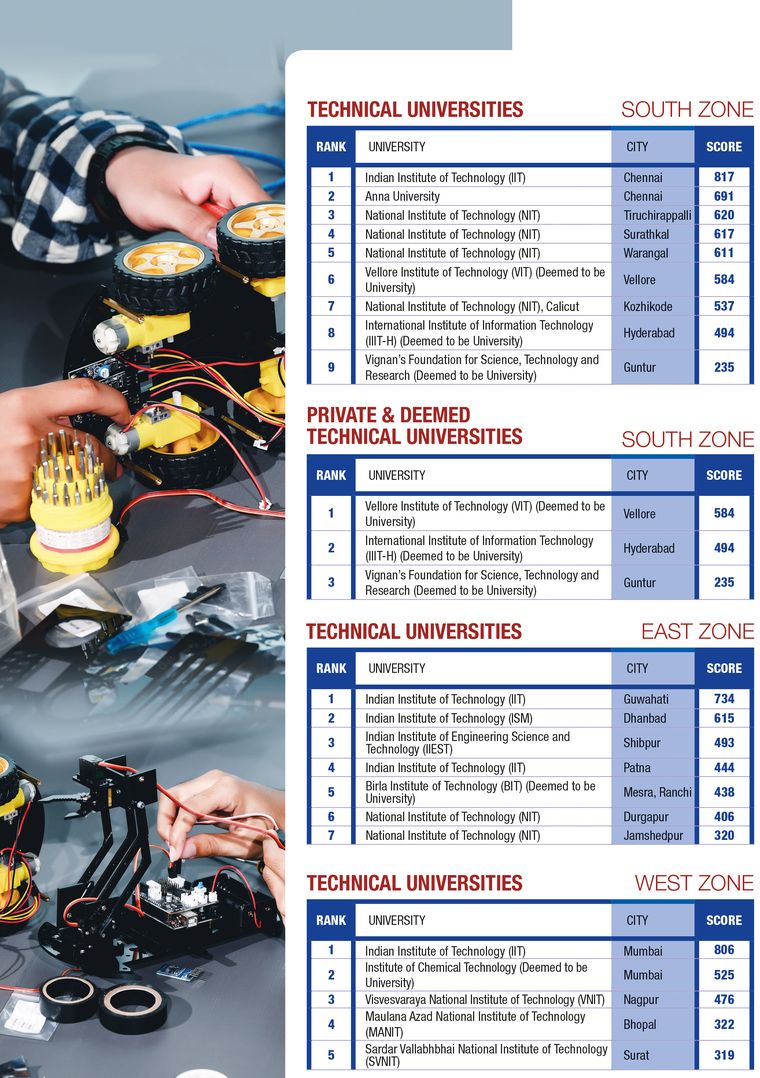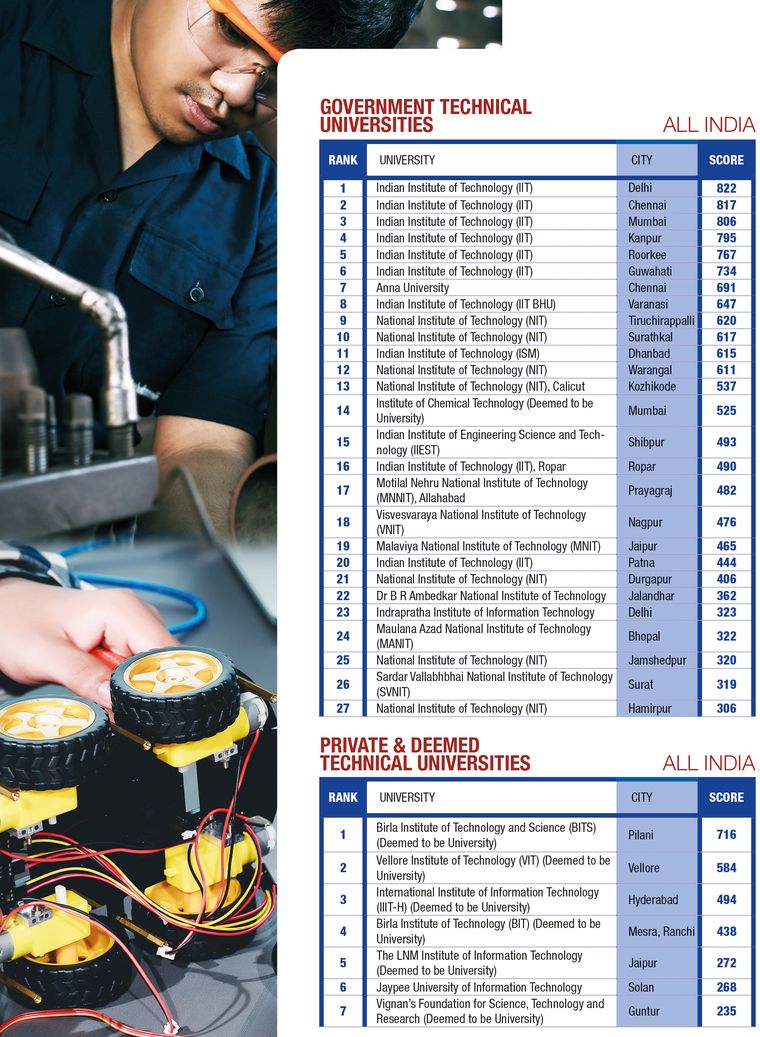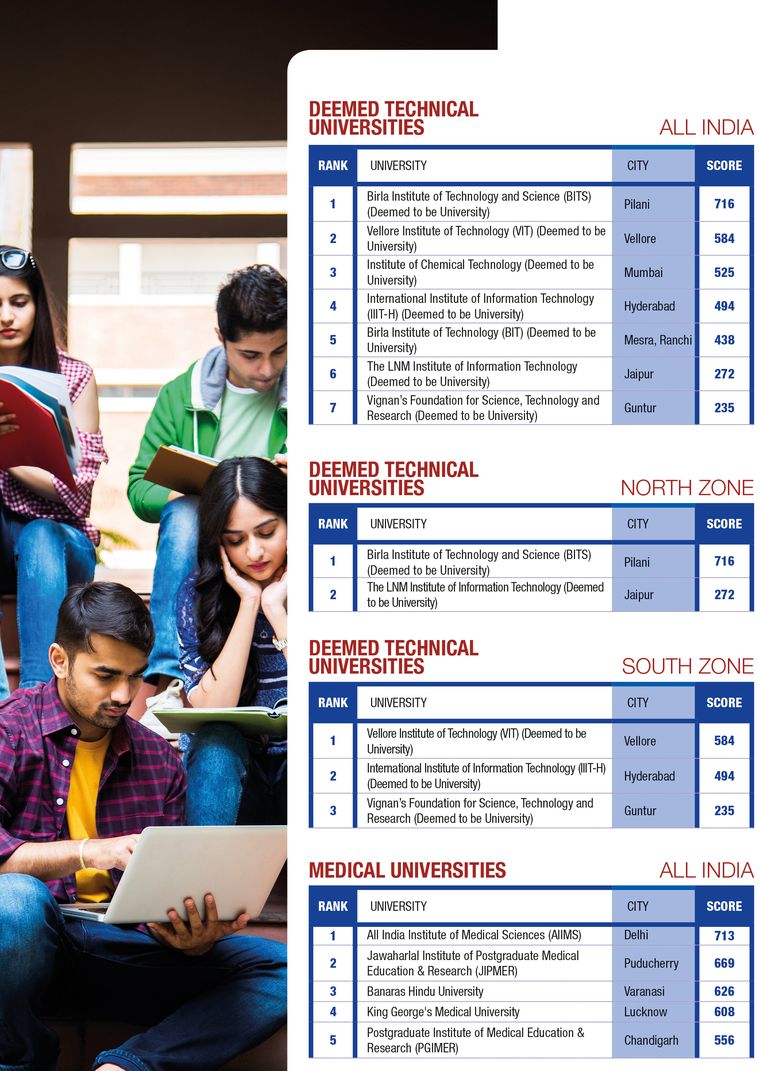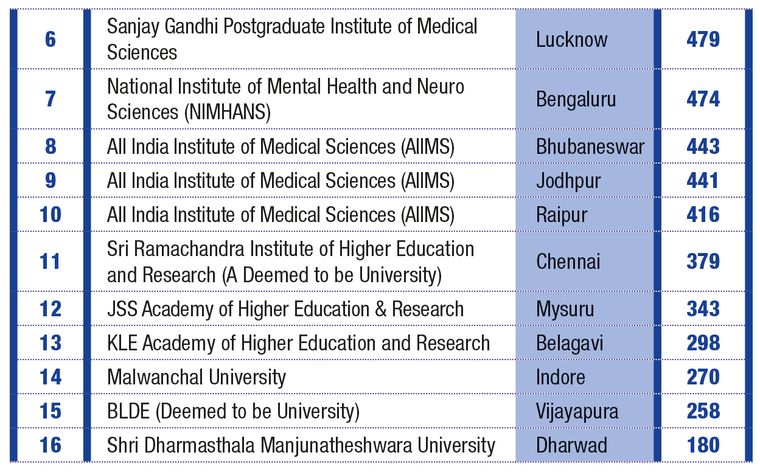This is not going to be a university like so many other universities that exist today, said Union external affairs minister M.C. Chagla as he tabled the The Jawaharlal Nehru University Bill in the Lok Sabha on November 16, 1966. When the bill was introduced in the Rajya Sabha, on December 24, 1964, Chagla, who was former chief justice of the Bombay High Court and envoy to the US and the UK, had been the education minister.
“The object of this bill is to establish in the city of Delhi a distinctive university; a university which will not be a mere duplication of other universities but a university which will have a personality of its own, characteristics of its own, unique in many ways,” he went on to say in the Lok Sabha. It took a couple more years for the Act to come into force, leading to JNU’s establishment in 1969. But, it is no overstatement that India’s best university has become what it was meant to be, and more.
The 1,000-acre campus is housed on the rugged terrain of the Aravali hill range in Delhi. As per its vision statement, it “exemplifies the positive aspects of human habitation and intervention”. As you enter the campus, the greenery takes your breath away. The landscape is an explosion of colours thanks to the innumerable trees and shrubs. The campus, a birdwatcher’s dream, is also home to peacocks and nilgais.
The walls are decorated with posters representing different political ideologies and diverse thinking. JNU is a microcosm of India as it draws students from across the country and from different strata of society. For example, in 2022-23, of the 9,515 students, 1,428 were from scheduled castes, 677 from scheduled tribes, 3,285 from OBCs and 401 students were physically challenged. Women numbered 4,081.
Moreover, for the Indian nationals (77 foreign nationals were admitted in 2022-23), the fees are among the lowest in the world―tuition fee component starts at around Rs200 for UG, PG and PhD. Though for the PG diploma in big data analytics, this is Rs10,000. And, for MBA, the total programme fee is Rs12 lakh for general category students, Rs8 lakh for OBCs, and Rs6 lakh for SC/ST students and for students with disability. For overseas students, the MBA tuition fee for two years is $16,000 (just over Rs13 lakh).
Prof Santishree Dhulipudi Pandit is the 13th vice chancellor of JNU. She is the first woman to head the university and also the first alumni of JNU to head JNU. She takes immense pride in what JNU stands for. “We are a very nationalistic university and very democratic,” she said. “We have all types of ideologies. Multiple narratives exist and we also agree to disagree here.” She added that JNU had the highest faculty to student ratio in the country―700 to 10,000―and that another 150 faculty roles were being filled. “Also JNU is the only university in the country that can affiliate all over the country,” she said. “For instance, the National Defence Academy cadets are all JNU graduates as they are awarded degrees from JNU.”
Pandit said that during her JNU days in the mid 1980s, there were only 2,500-3,000 students and the campus was not fully developed. There were only seven hostels at that time as against 17 now. The number of women in the university, too, was low as the women’s hostel was not full. “More schools and centres have come in now,” she said. “With the National Education Policy 2020, we have brought in courses of Indian knowledge systems in all types of schools. We asked schools to innovate and tried to align with the industry. We have courses such as disaster management and national security.”
Pandit also highlights the inclusivity at JNU. “One of our alumni, Sarita Mali who is now in the US, is the daughter of a flower seller from Mumbai,” she said. “Her father still sells flowers in Ghatkopar. While she was doing her PhD, she never wore a new dress. We have children from extremely poor families, we also have children of sex workers. We have physically disabled students as well as faculty. We have a faculty in the English department who is 90 per cent visually disabled.”
Another key factor which sets JNU apart is that it was interdisciplinary at inception, long before interdisciplinary became a buzzword in India in the 2010s and the NEP 2020 provided impetus to the approach. In fact, the JNU Act, 1966, says that the university shall “take appropriate measures for promoting interdisciplinary studies”. This was, at least in part, inspired by the universities in the UK and the US, which, as Chagla had said in Parliament, emphasised the “indivisibility of knowledge”.
To this end, the university is not divided into narrowly defined departments, but into broader and more inclusive schools, under which come more specialised centres. As per the most recent annual report, there are 14 schools and eight special centres. As a result of such efforts, it is not uncommon for PhD students to work in areas like environment and literary studies, sociology and aesthetics or linguistics and biology.
The freedom given to the faculty to decide the syllabus and academic research is another key factor in JNU’s success. Apart from the continuous syllabus revision, JNU also runs “zero programmes”. This means that if a new area, which is not in the syllabus, becomes trending, then the faculty can take it up themselves and teach it even before the syllabus is updated. There is also the provision for a “zero semester”. This can be availed of if students need to take a break because of medical conditions, availing of scholarships/fellowships or visa constraints.
Apart from their teaching, research and curriculum creation, JNU’s faculty is also renowned for their role in the development of the country. They participate in decision-making bodies and provide guidance and counsel on matters pertaining to both technology and policy. In terms of research output, JNU’s academic members published 170 books, 351 chapters in books and 1,111 papers/articles in journals in 2022-23. They also had 1,878 participations in seminars/conferences/workshops, delivered 1,393 lectures outside JNU, and were awarded 290 research projects.
The university’s largest schools are the school of social sciences, the school of international studies and the schools of languages and culture.
The school of social sciences has 13 centres, covering topics like history, geography, education, philosophy, social inclusion, economic systems, sociology and political science. Four centres―history, geography, political science and sociology―are globally ranked. Prof Kaushal Kumar Sharma, dean, school of social sciences, points out an interesting feature of the school. “Wherever we require some specialised contribution, we have a concurrent faculty, where a person or a professor who has qualification to teach in another centre can come and teach,” he said. “This is not happening anywhere else. So we do not have ad hoc faculty at all, because we have teachers who can teach in other centres.”
He said that there was an emphasis on academic excursions and this opportunity for students to experience and understand what they have been learning in class is given due importance in the budget. Post these trips, students have to write a report and are asked questions about it during their assessment. All this is shared with other students in the centre. The school, which has over 3,000 students, also has a large number of chairs, like the World Bank chair, the RBI chair and the Ambedkar chair.
The school of international studies (SIS) started even before the establishment of JNU. It was founded in 1955 and later merged with JNU and today has 125 faculty members. Prof Amitabh Mattoo, dean, SIS, said that the school had alumni in all the top universities in the world. “The whole policy of non-alignment was generated through this school,” he said. “The principal justification for India’s policy and weaponisation was produced by this school; India’s intervention in East Pakistan, the rationale was produced by this school. So, whether it is in terms of policy or scholarship, there is no parallel to this school. Think-tanks can come and go, but institutions such as JNU, SIS are built by leaders for centuries. The SIS will last as long as scholarships matter in the world.”
The school is currently planning a master’s programme in global governance and an MA in security studies. SIS also has executive development programmes for the industry and the government. “Already we have collaborated with the ministry of defence for short-term courses for their officers,” said Mattoo. “We are also devising short-term executive programmes for leaders. For instance, [geared to] big corporate groups [for their personnel] to understand international relations. For journalists, we have programmes focusing on how to cover conflict and wars. Also, how do you use AI as a productive tool.”
Another area SIS is into is risk analysis. “Suppose a corporate wants to set base in Africa, what kind of environment they are likely to face there, what is the situation there, what is the risk analysis there, what is the impact of investing there...,” said Mattoo. “SIS will become the number one international affairs school in the world. Harvard and Oxford do compete with us, but we will be the number one. There are 1,500 students in the school. A pool of the best and the brightest in the country.”
Naina Khatri is pursuing her PhD from SIS. She has been in JNU since 2016 and her topic of study is the United Nations High Commissioner for Refugees and its role in the life of refugee women. “I am doing a case study of Kenya,” she said. She said that she got to know about SIS from one of her professors at the University of Delhi while she was pursuing her UG and PG. “JNU has an environment to think and enhance one’s skill,” she said. “It also gives you reasoning and the skill to evaluate things. I have presented my papers in a lot of international conferences.”
The school of language, literature and culture studies teaches 25 languages. This includes languages such as French, German, Russian, Spanish, Japanese, Chinese, Korean, Greek, Turkish and Indonesian. JNU already teaches more foreign languages than any other university in India. There are plans to introduce Malayan and Lithuanian, which has similarities to Sanskrit. The school of Sanskrit and indic studies has recently floated a certificate course in Pali.
The dean, Shoba Sivasankaran, highlights the flexibility the school offers to students. “In the five-year integrated programme those who want to leave after BA can leave,” she said. “Many students leave after BA because we have a successful placement programme as many MNCs hire our students (as interpretors and translators).” The language lab, where students learn to speak and translate, is a vital part of the school, which employs 120 faculty.
Ashish Kumar Mishra is pursuing a masters in Russian. “While teaching basics in Russian language, the teachers use different methods such as teaching alphabets through songs,” he said. “They conduct quizzes and games, which are interesting and quite engaging. The newly built interpretation lab has advanced technology and helps to make interpretations like professional interpretors.”
JNU has an interesting mixture of courses, like yoga and wellness and ayurveda and biology. It also has a special centre for molecular medicine. It is collaborating with Patanjali and others to develop ayurveda and has also started the centre for Hindu studies, centre for Buddhist studies and centre for Jaina studies.
The university offers technology courses like quantum computing, cybersecurity, network security, cryptography and mathematical robotics. In the field of sciences, it offers life sciences, nano science, bioinformatics and biotechnology. Moreover, the National Institute of Immunology’s doctoral programme leads to a JNU PhD. The university grants degrees to many other top research institutes. The institutes decide their curriculum, but are academically audited by JNU professors.
Considering what JNU has contributed to nation building, it is perhaps fitting that private companies are now coming forward to build things for it. For instance, HDFC has promised smart classrooms and solar lighting. JNU’s highest spend is electricity, which is free across the campus (as is WiFi).
“Our aim now is to go completely solar and have LED lighting,” said Pandit. “We are paying around Rs36 lakh per month. We are looking at infrastructure improvement. I recently got Rs56 crore (to repair hostels and modernise the mess) from the ministry of education and the work is ongoing.”
The biggest strength of any top institution is its alumni. JNU’s case is no different. Except that it can boast the likes of Union ministers S. Jaishankar and Nirmala Sitharaman, Nobel-winning economist Abhijit Banerjee, bureaucrats Amitabh Kant and Ajith Sen, and politicians Sitaram Yechury, Prakash Karat, Baburam Bhattarai (former prime minister of Nepal) and Ali Zeidan (former prime minister of Libya).
Pandit is looking to her fellow alumni for additional monetary support and JNU has recently collected Rs22 lakh from them. “We have put up an online payment gateway so anyone who wants to donate can do so,” she said. “People will donate if they are confident that the fund will go directly to the university. Our alumni are well-to-do and are ready to pay. We have given alumni cards to our alumni like Jaishankar and Kant.”
Research methodology
THE WEEK-Hansa Research Best Universities Survey 2024 provides insight into the hierarchy of multidisciplinary, technical and medical universities in the country. This year, the study was done across 15 cities.
To be eligible, universities had to be recognised by the UGC, offer full-time postgraduate degree courses in at least two disciplines and should have graduated at least three batches from the postgraduate programmes.
A primary survey was conducted with 318 academic experts, spread across selected cities. The respondents were asked to nominate and rank the top 20 universities in India.
Perceptual score was calculated based on the number of nominations and the actual ranks received.
For factual data collection, a dedicated website was created and the link was sent to universities. Sixty-two universities responded within the stipulated time.
Factual score was calculated based on information collected from universities and other secondary sources on the following parameters:
* Age and accreditation
* Infrastructure and other facilities
* Faculty, research and academics
* Student intake and exposure
Final score = Perceptual score (out of 400) + factual score (out of 600)
Some universities could not respond to the survey. Among them, for the universities which confirmed that they wished to be ranked, the composite score was derived by combining the perceptual score with an interpolated factual score based on their position in the perceptual score list.
Ashok Kumar Mittal
Trends in Indian university education driven by the rise of AI and changing employer preferences prioritise skill-centric learning, practical abilities, adaptability, and lifelong learning, preparing students for the evolving professional landscape.
founder chancellor, Lovely Professional University
N. Mallikarjun Rao
Incorporating innovative assessment methods is crucial to providing a comprehensive evaluation of students’ learning outcomes. Therefore, the university should adopt assessment methods that go beyond traditional exams. This includes project-based assessments, portfolios and peer evaluations. These methods allow students to demonstrate their knowledge, skills and abilities in diverse ways, fostering a deeper understanding of the subject matter.
registrar, Annamacharya University, Rajampet, Andhra Pradesh
S. Madhu
It is essential to focus on both the curriculum and teaching methodologies. For example, offer personalised learning paths and flexible course structures that allow students to customise their educational journey based on their interests, career goals, and learning pace. Provide guidance and support services to help students make informed decisions and navigate their academic path effectively.
director, Anurag Centre for Educational Innovations, Anurag University
Prof V.N. Rajasekharan Pillai
Technological interventions, deregulation and the National Education Policy 2020 are the trendsetters in the current higher education scenario in India. Universities are exploring adaptive learning platforms and personalised teaching methods to cater to individual student needs and learning styles. There is a shift towards integrating practical skills, such as critical thinking, problem-solving and communication, into curricula to equip students better for the workforce.
vice chancellor, Somaiya Vidyavihar University, Mumbai
Ashok Shettar
In India, university education is experiencing several noteworthy trends. Apart from the shift towards digital and online learning platforms, interdisciplinary studies and flexible curriculum structures, universities are also focusing on fostering research and innovation ecosystems, promoting entrepreneurship, and enhancing exclusivity and diversity on campuses. These trends reflect a dynamic landscape in Indian higher education, characterised by advancements in technology, pedagogy, research and exclusivity efforts.
vice chancellor, KLE Technological University, Hubli
Sardar Taranjit Singh
It is recommended that private universities increase their endeavour in widening their industry connections and recruiters network. Pre-placement training sessions should be made rigorous and tailored to an individual’s potential. The employability index of individual students should be determined; a customised grooming programme will improve the industry-readiness of the candidates.
chancellor, JIS University
Prof Devinder Narain
To bolster students’ job readiness, universities can forge partnerships with MSMEs to offer real-world experiences through internships. MSMEs provide fertile ground for experiential learning, allowing students to understand the intricacies of businesses, adapt to dynamic work environments and cultivate entrepreneurial mindsets. Such partnerships bridge the gap between academia and industry, ensuring that graduates possess relevant skills and knowledge sought by employers, thereby enhancing their employability.
senior director (human resource), Shobhit Univesrity
Satnam Singh Sandhu
Higher education institutions should offer multiple career opportunities such as entrepreneurship, research and professional sports to the students so that they do not have to just rely on campus placements. If placements are to be provided then the students should be prepared as per industry expectations. We must prepare today’s youth with the skills of tomorrow.
chancellor, Chandigarh University
Atul Patel
India has 25 per cent of the world’s student population. Making higher education more attractive will help in making the student development more complete. Teaching them to learn soft skills, like communication, critical thinking and effective collaboration, too, will help. Education is now beyond just exam scores.
dean (academics) and registrar, Charotar University of Science and Technology, Anand, Gujarat
Dr D. Premachandra Sagar
Artificial intelligence, machine learning and other emerging technologies are playing increasingly significant roles in higher education in India. They can be used to tailor experiences that help individual learning needs. Universities can leverage AI and ML to analyse student performance, attendance and engagement data. Predictive analytics models can identify at-risk students early on and facilitate targeted interventions.
pro-chancellor, Dayananda Sagar University
Siddharth Chaturvedi
Higher education institutions need to align with aspirations of students and the demands of the market. Introducing flexible pathways, micro-credentialing and personalised learning options accommodates various learning styles and career objectives. Interactive teaching approaches like flipped classrooms, gamification and virtual labs offer immersive learning experiences. Furthermore, promoting research, innovation and global exposure through partnerships and exchange programmes enriches the academic journey and equips students to tackle global challenges.
chancellor, Scope Global Skills University



